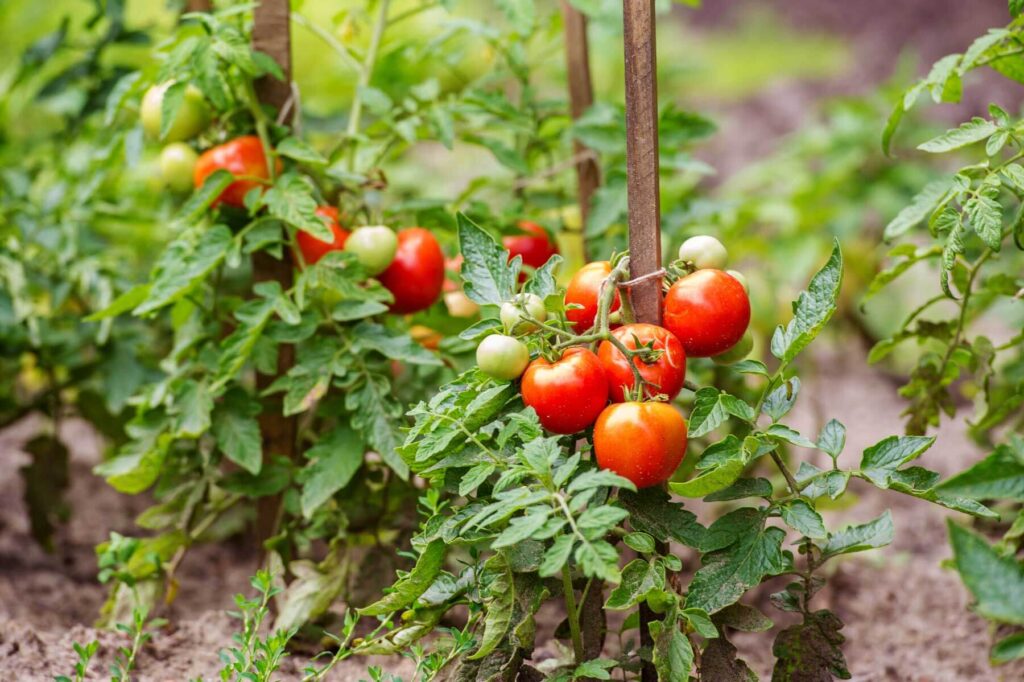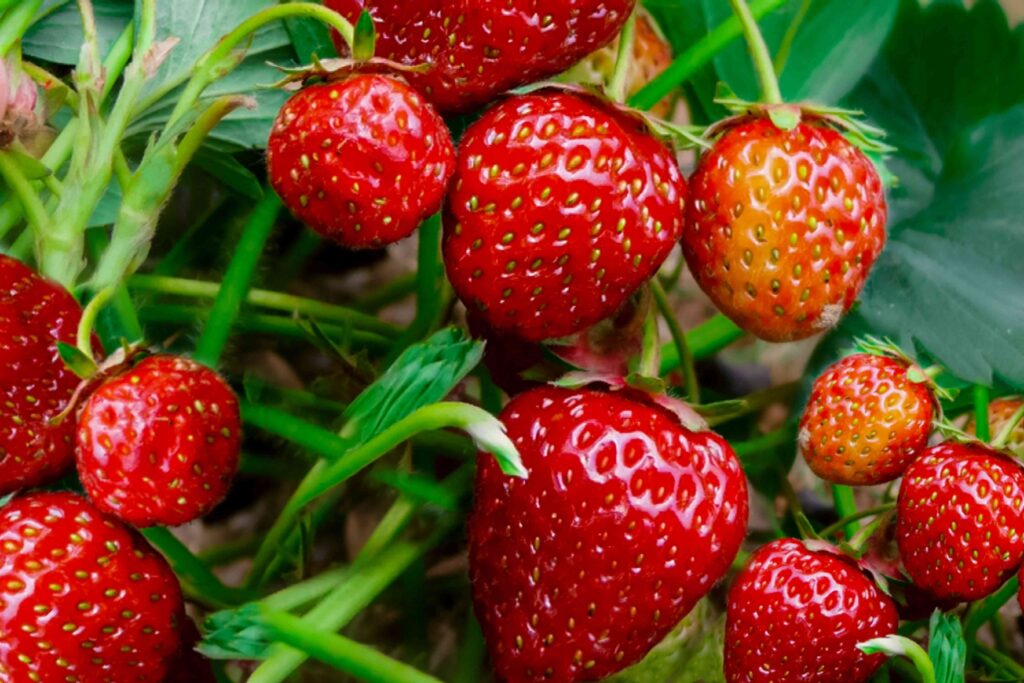Food & Climate
Thanks to warm May in this year, some UK fruits and vegetables like strawberries, aubergines and tomatoes have surprised growers, arriving weeks earlier than usual.
This has helped to fill the ‘hungry gap’ that usually occurs around this time of year, according to a report seen by “Food & Climate” platform.
Warmer weather than usual means that the UK has grown some fruits weeks earlier than expected. It could be a sign of things to come in the next few decades.
The climate crisis is changing our relationship with fruit and vegetables, altering our calendar schedules and making it harder to predict when crops will be ready.
The hungry gap of UK fruits and vegetables
The ‘’ is usually when winter vegetables have all been eaten or sold, and consumers are anticipating summer crops. This extra time with no new fruits is where the ‘gap’ is supposed to exist.
Spring has already been both sunny and very dry. Temperatures are predicted to reach up to 30C at the earliest time of year ever recorded in 2025, according to forecasters. This is a direct result of climate change.
In fact, the changing weather patterns and increased likelihood of extreme events is making it more difficult for farmers and growers to accurately predict when their crops will be ready to pick.
‘You just can’t predict the climate any more,’ said a grower from Bristol called Nick Haigh. ‘We are having to try to be more adaptable to different techniques based on the climate. It’s keeping us on our toes for sure.’
With all the warm weather, growers are seeing healthy, thriving crops that are good for business and vital to keep livelihoods afloat. There were delays due to last year’s winter being the wettest on record, and there were worries about this year’s supplies.

The high temperatures for such an early time in the year has helped alleviate these issues.
However, the short-term benefit doesn’t outweigh the long-term dangers. While one year may be good for crops, another could be drastically different and cause massive headaches for growers.
The unpredictability caused by the climate crisis means stress is never too far away, and it’s likely that governments and councils will need to consider new ways to help farmers and growers manage their produce, according to the “Thred“.
The UK’s first outdoor citrus
The UK’s first outdoor citrus grove has been planted amid expectations that such fruits will “prosper” under climate change.
Around 30 new trees featuring four varieties of citrus – lemon, orange, grapefruit and Buddha’s hand – are being grown at the Ventnor Botanic Garden on the Isle of Wight, which has a climate that can be up to 5C warmer than the rest of the UK.
Typically, citrus trees can only be grown indoors in Britain, with experts recommending home gardeners bring plants inside to avoid freezing temperatures over the winter.
The Eden Project in Cornwall introduced an indoor grove but this marks the first time a significant number of trees have been successfully planted together outside.
Guy Barter, the Royal Horticultural Society’s chief horticultural adviser, told The Telegraph that individual citrus trees had been reported in London “from time to time”, but nothing close to this scale.
Although climate change is expected to cause “much damage and distress” with wetter, milder winters in the UK, there are “likely to be benefits to some warm-climate crops in Britain such as apricots, grapes and figs”.
He said: “Under climate change, cold winter episodes may still occur. This makes citrus, an evergreen, very challenging but it is likely that citrus will eventually prosper in mild frost-free regions such as the south coast and central London.”
The world’s most northerly outdoor fruiting grapefruit tree is currently at the Chelsea Physic Garden in London.
Wayne Williams, Ventnor Botanic Garden’s head gardener, said the island’s southerly position and shelter provided by a “big cliff” meant its climate was “very mild”.

He said: “It means that we can grow a much wider range of plants than other areas of the UK. We’ve had citrus fruits growing here for the last 15 years already.
“We wanted to extend it and make it much more, sort of, showy and really inspire people across the UK about climate change and show what’s possible down here”.

